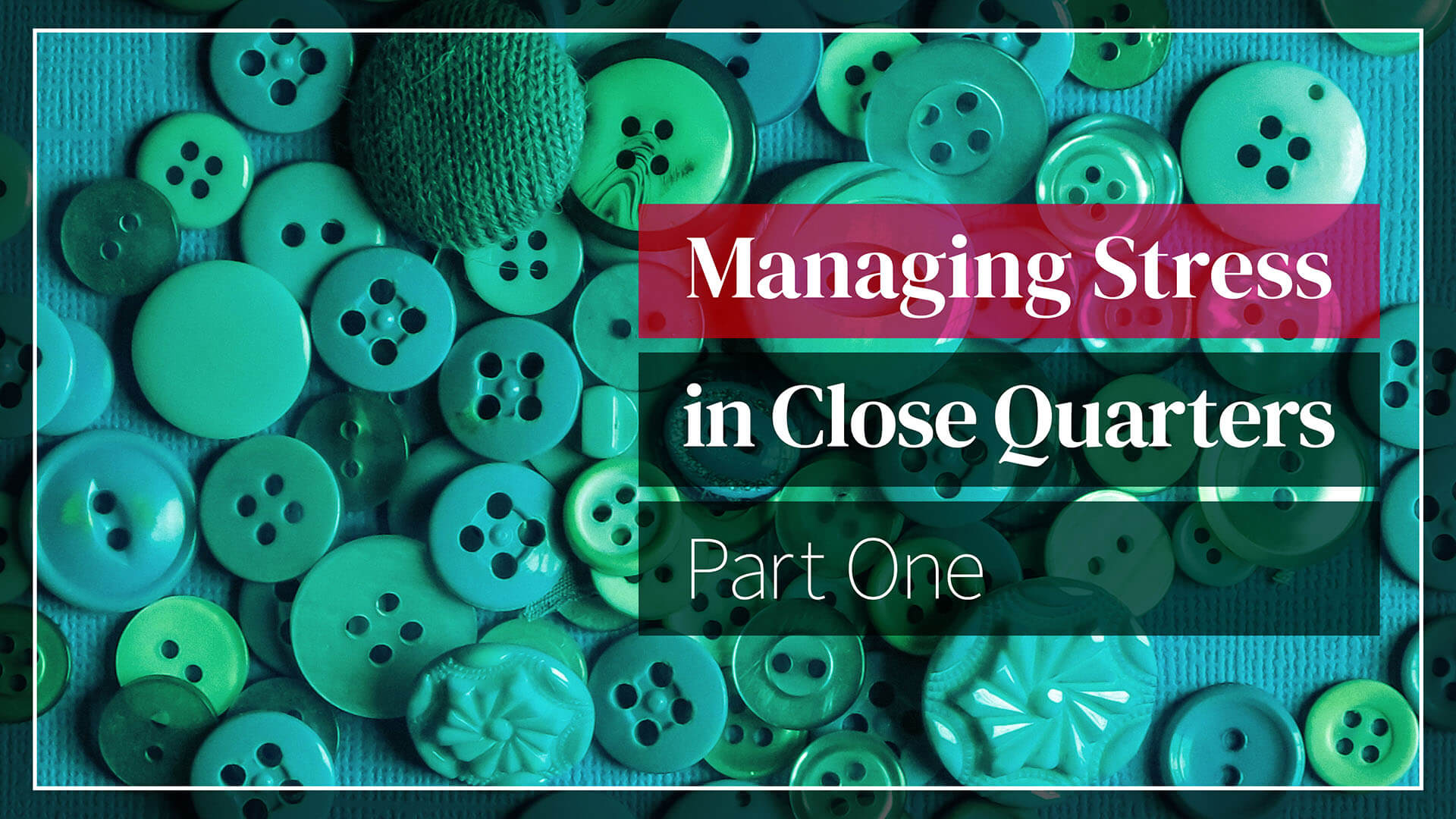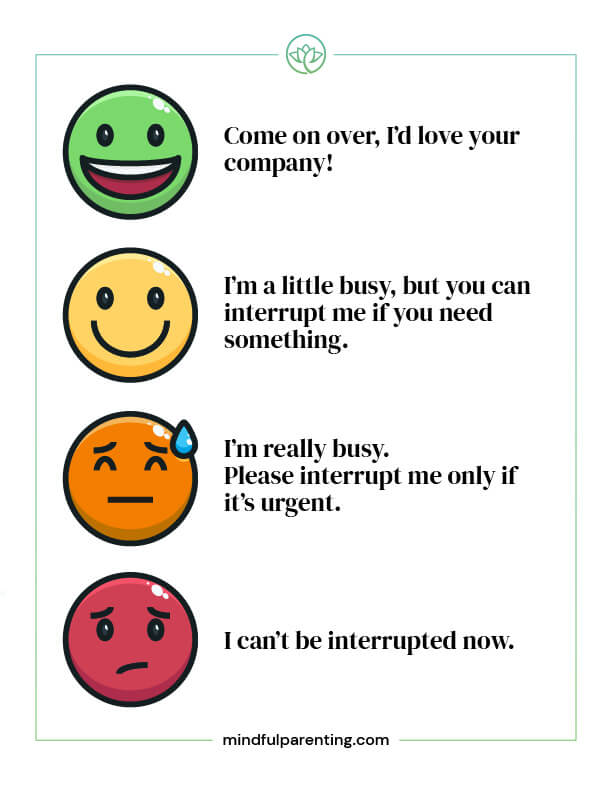
We’re in the eighth week of sheltering in place. Families are appreciating more time together, and they’re also experiencing increasing tension, frustration, and irritability. In this time of crisis, loss, and uncertainty, we are experiencing a range of feelings as individuals, as families, and, of course, collectively as well.
This turmoil is to be expected. Our emotional responses to the novel coronavirus are understandable and often connected to underlying grief.
Grief has many aspects which are not always experienced linearly as stages of shock, denial, anger, bargaining, depression, and acceptance, each one flowing into the next. I think of grief as an ocean of waves, currents, and tides. In one moment, you might feel grief as deep, expansive, and incomprehensible. At other moments, grief might overcome you with a kind of regularity tied to the ebbs and flows of daily life. You might be swept away by undercurrents of fear, sadness, guilt, restlessness, helplessness, and resignation. How can we navigate our way to the shores of acceptance and peace?
Your experiences of grief will always be unique to you. Even when you think that you have reached a place of balance, calm, and emotional safety, you may suddenly feel uncomfortable, with unsettling emotions pulling you once again in every direction. The stress can be overwhelming. Nevertheless, we do have tools available to mitigate and manage the stresses that impact ourselves and our families.

Simplify Routines
First, it’s important to establish conditions that minimize stress. Routines structure life within the home. Reassess and simplify your routines of self-care so that you can better address those of family care. Time that you would have spent on a morning commute could be dedicated to light stretching and movement, allowing you to connect with your body. In the late afternoon, you might walk outside or enjoy a cup of tea. Caring for yourself in these ways helps to regulate the nervous system and restore calm.
Family routines may also be adapted while sheltering in place. Time that had been spent rushing to get out the door each morning could be used to eat breakfast together. Running errands alone might be replaced with taking walks with the family. Many of us commit to having dinner together or playing board games once a week as a way to replace unease and overwhelm with comfort and connection.
Routines involved with housekeeping and the division of labor should also be reexamined. Homeschooling is now a significant responsibility for many families. Restrictions on grocery store shopping change the availability of what we can buy and when. I find that gathering every Sunday as a family to plan our meals and divide household chores is an important way to demonstrate our commitment to each other. Planning in advance also saves time that would have been spent figuring these things out each day.
My family has also found success with another daily practice. Every evening after dinner, we set a timer for twenty minutes, turn on some music, and pick up the house until the timer goes off. This short amount of time feels manageable; the house gets put back together, and we resume our evening routines. With patience and flexibility, every family can find its best ways to maintain a sense of order, direction, cooperation, and cohesion.

Maintain Boundaries
Just as routines help to structure time and activities, boundaries foster both independence and mutual reliance which contribute to growth and well-being. When families are sheltering in place, healthy boundaries are more important than ever.
Healthy emotional boundaries involve such things as affirming our personal dignity and right to feel and think freely, asserting a need for privacy, and asking for what we need. Safeguarding our boundaries allows others to maintain theirs, fostering stronger relationships. To me, balancing our individuality and communality is the essence of healthy boundaries.
Designating spaces in the home for people and activities is especially beneficial now. Is there enough space in the living room for kids to build forts and block towers that won’t creep into the workspace of a parent? Is there room on the dining table to finish some paperwork without interfering with a child’s homework or art project?
The demands of school closures and working remotely are weighing heavily on families today. When a bedroom is also a classroom, and a dining room becomes a home office, boundaries around space support those around time. Having to share what used to be our own rooms directly impacts how we spend our time. Already, most people feel that they do not have enough time for themselves or time in the outside world.
Adjusting boundaries with mindfulness and understanding enables us to make compromises so that everyone has enough space and time for self care, work, and play. And when parents model healthy boundaries, kids can learn to develop their own.
Manage Expectations
As we simplify family routines and support healthy boundaries, we can more effectively manage expectations while safe at home. Our new circumstances inevitably affect our goals and intentions, what family members need from one another, and responsibilities to ourselves and each other. These changes can be stressful. Managing expectations with careful consideration and mutual support is an important way to reduce anxiety and uncertainty.
Try to connect to feelings of empathy and kindness for yourself and members of your family. Each of you is experiencing emotional and psychological challenges in different ways.
Every morning, I ask my family, “What is everyone needing right now?” and then from youngest to oldest, “What feels most important for you to get done today?” We discuss the support that each of us needs. Together, we look at our schedules and figure out where and what time would be best for us to do our projects or activities.
I’m careful not to ask, “What is everything that you want to accomplish today?” We narrow our focus to our most important objectives. Part of managing expectations is accepting that we can’t accomplish everything that we might have done at the office or at school with friends and teachers. This is perfectly okay.
Another thing that my family finds helpful is to use a color-coded Availability Chart which indicates how we want to balance openness and availability with the need to concentrate on our tasks. We made a chart that includes four faces of different colors which we post in our designated areas:
Green: Come on over, I’d love your company.
Yellow: I’m a little busy, but you can interrupt me if you need something.
Orange: I’m really busy. Please interrupt me only if it’s urgent.
Red: I can’t be interrupted now. (But please trust that when I can take a break, I will find you. In the meantime, write down what you need from me or ask someone else for help.)
➔ CLICK HERE to download my free Availability Chart PDF
Of course, using the red sign will depend upon the age of your child and whether there is someone else at home that they can go to for help. If you are parenting without other support in the home, you might find that using the colors green, yellow, and orange works best. Even young children can learn the meaning of the colors and when you are most or least available. Older kids and teens can also use a version of this system to communicate their own needs for time and space to do their work or connect with their friends.
Time to Reflect
How might your family use these tools to structure the day, balance individual and family care, and manage day-to-day expectations while sheltering in place? For us, the goal is to fortify our commitment to each other while also affirming that we’re in this together.
Next week, in the second part of Managing Stress in Close Quarters, I’ll share strategies for effective communication, completing the stress response cycle, and setting intentions to stay connected with your values during this difficult time. These tools are also very helpful for reducing upset and overwhelm.

